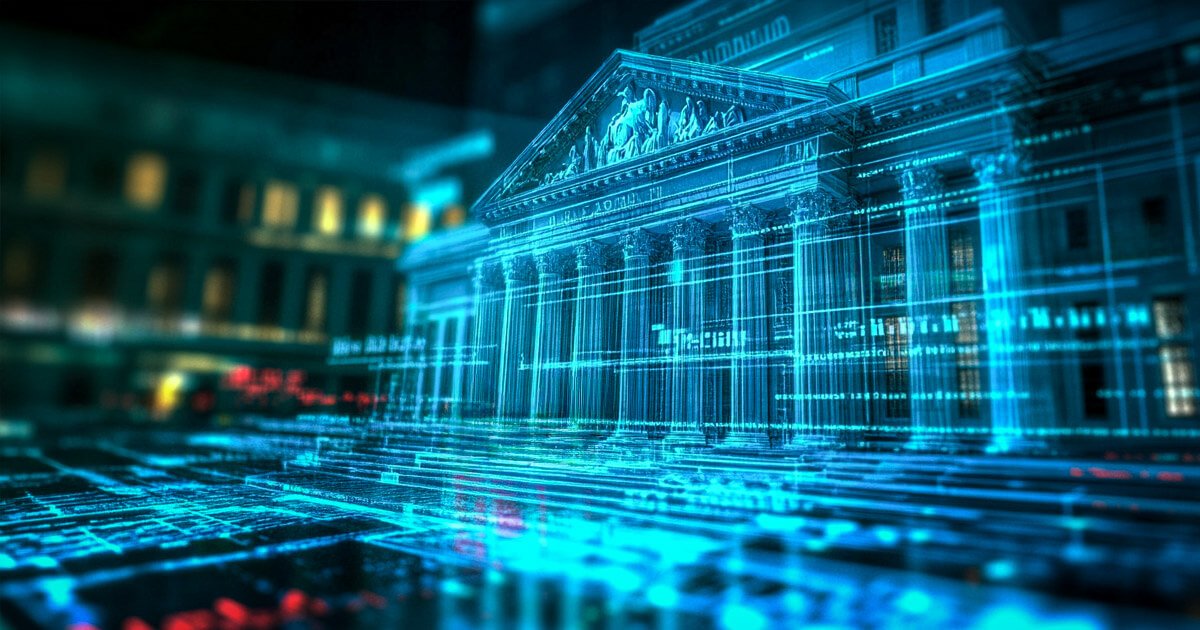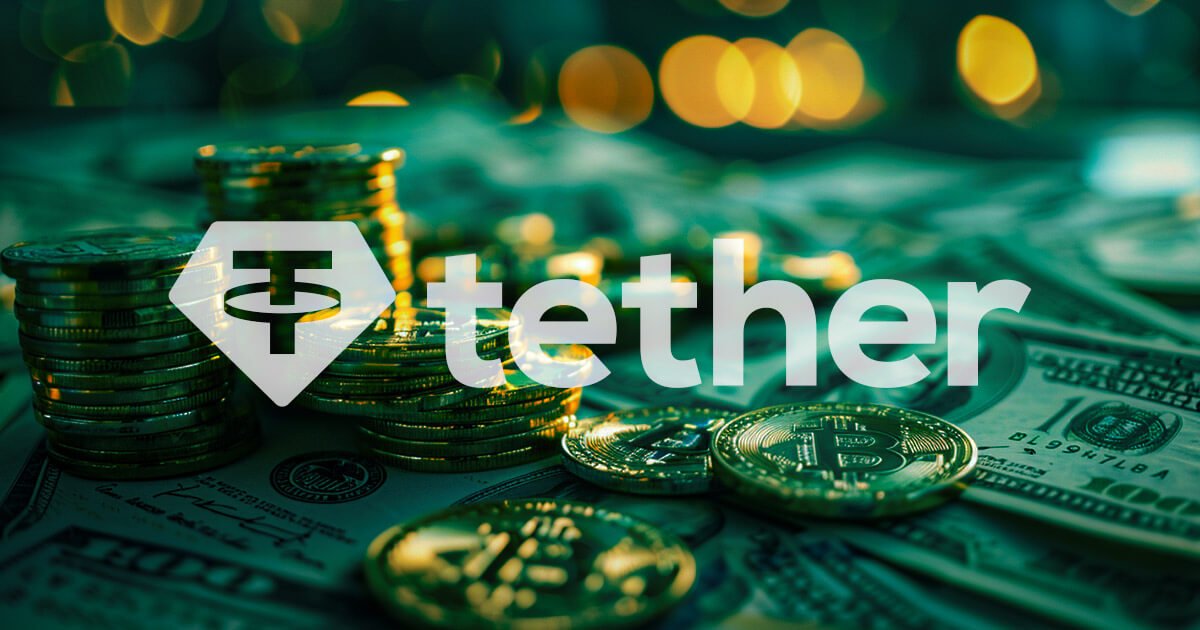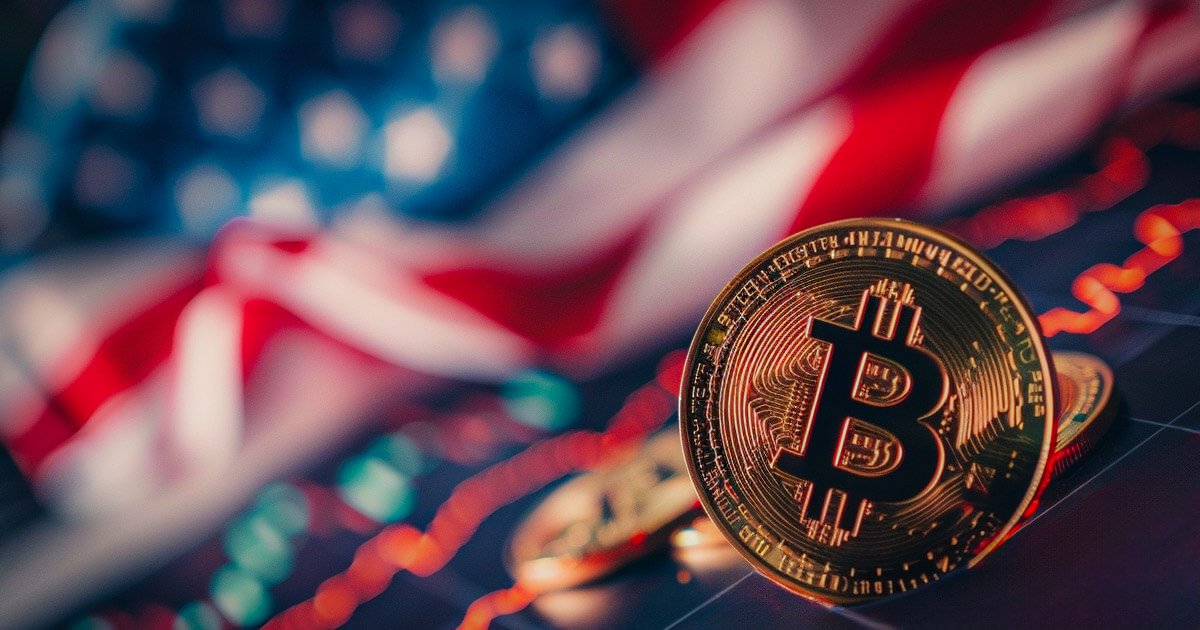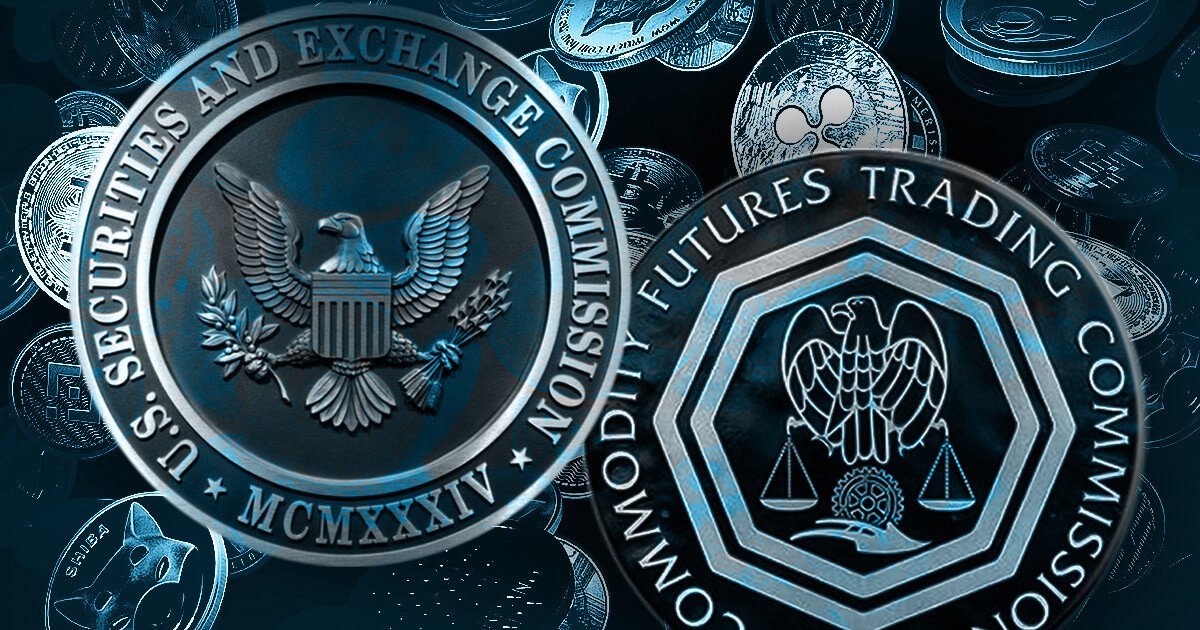
The following is a guest article from Jesse Knutson, Head of Operations at Bitfinex Securities.
In developed economies, accessing the U.S. dollar is a given. Investors rarely have to consider incorporating USD-denominated assets into their portfolios as the relative stability of their local economies provides a sufficient foundation for financial security.
Contrast this to many emerging economies, where access to the U.S. dollar is essential for businesses and individuals to safeguard wealth. Yet this can be difficult thanks to large amounts of red tape, uneconomical exchange rates, and, in some jurisdictions, regulatory challenges.
It doesn’t matter where in the world you live; most businesses and individuals share the same goals: to be financially secure, grow wealth, and create a solid financial footing for the next generation. Realizing these goals in the global south is extremely challenging if the currency is volatile or inflation is high. In these situations, savers look to place their assets in the relative stability of the U.S. dollar. Without access to the dollar, it can feel like building on quicksand – no matter how hard you try, the foundation keeps shifting.
Up until relatively recently, there were only two real options for obtaining the dollar: traditional banking institutions or the black market. Traditional methods come with bureaucracy, high fees, and limited availability, while the black market exposes users to significant risks, including wildly fluctuating rates and potential legal ramifications.
The advent of crypto turned this on its head. Stablecoins provide almost instantaneous access to the dollar to anyone with an internet connection with virtually no transaction fees. This has proved to be a lifeline for those fighting double—or even triple-digit inflation on a daily basis.
A recent report by Castle Island Ventures found that 69% of crypto users in Brazil, Nigeria, Turkey, Indonesia, and India converted their local currency into stablecoins. Users said they prefer using stablecoins instead of accessing the U.S. dollar via more traditional means because of greater efficiency, lower chances of government interference, and the potential to earn yield.
While stablecoins generally perform well, more sophisticated financial products based on blockchain technology are emerging that provide the ability to transact in a dollar-denominated system and favorable and predictable yields.
Investors are increasingly drawn to tokenized funds that provide exposure to U.S. government T-bills. This small but growing asset class seems to have momentum behind it. The total value of tokenized U.S. treasuries increased by 415% during 2024 alone, and they are now the second largest real-world asset crypto asset category on RWA.xyz.
Much of this growth has been driven by the two biggest funds – Hashnote’s USYC and BlackRock’s BUIDL. Yet both have eligibility requirements that exclude the vast majority of the people who could benefit the most. USYC has a $100,000 minimum investment, and BUIDL is only available to U.S. accredited investors, who need to have an income of at least $200,000 to qualify.
This is clearly out of bounds for most people who battle emerging market inflation on a daily basis. The essence of tokenization is to rethink how we finance and democratize global access to investment opportunities.
Tokenized U.S. T-bill funds can and should be for everyone. Retail investors with small amounts to invest have the most to gain from parking their spare capital in a product that provides exposure to U.S. government debt – arguably the safest asset in the world – and yield on that investment.
NexBridge is proving that it can be done. It recently launched USTBL, the first offering of tokenized T-bills on Bitcoin-based technology. With a minimum ticket size of just 1 USDt, oversight from El Salvador’s national digital asset commission, and transfer restrictions enforced on the Liquid Network, USTBL strikes a balance between inclusion, regulatory compliance, and long-term sustainability.
Democratizing access to finance is at the heart of blockchain’s promise. As tokenized funds gain prominence, we must ensure they remain a tool for empowerment—breaking down barriers, leveling the playing field, and unlocking opportunities for individuals wherever they are in the world.
The post Empowering emerging markets through tokenised US treasuries appeared first on CryptoSlate.







